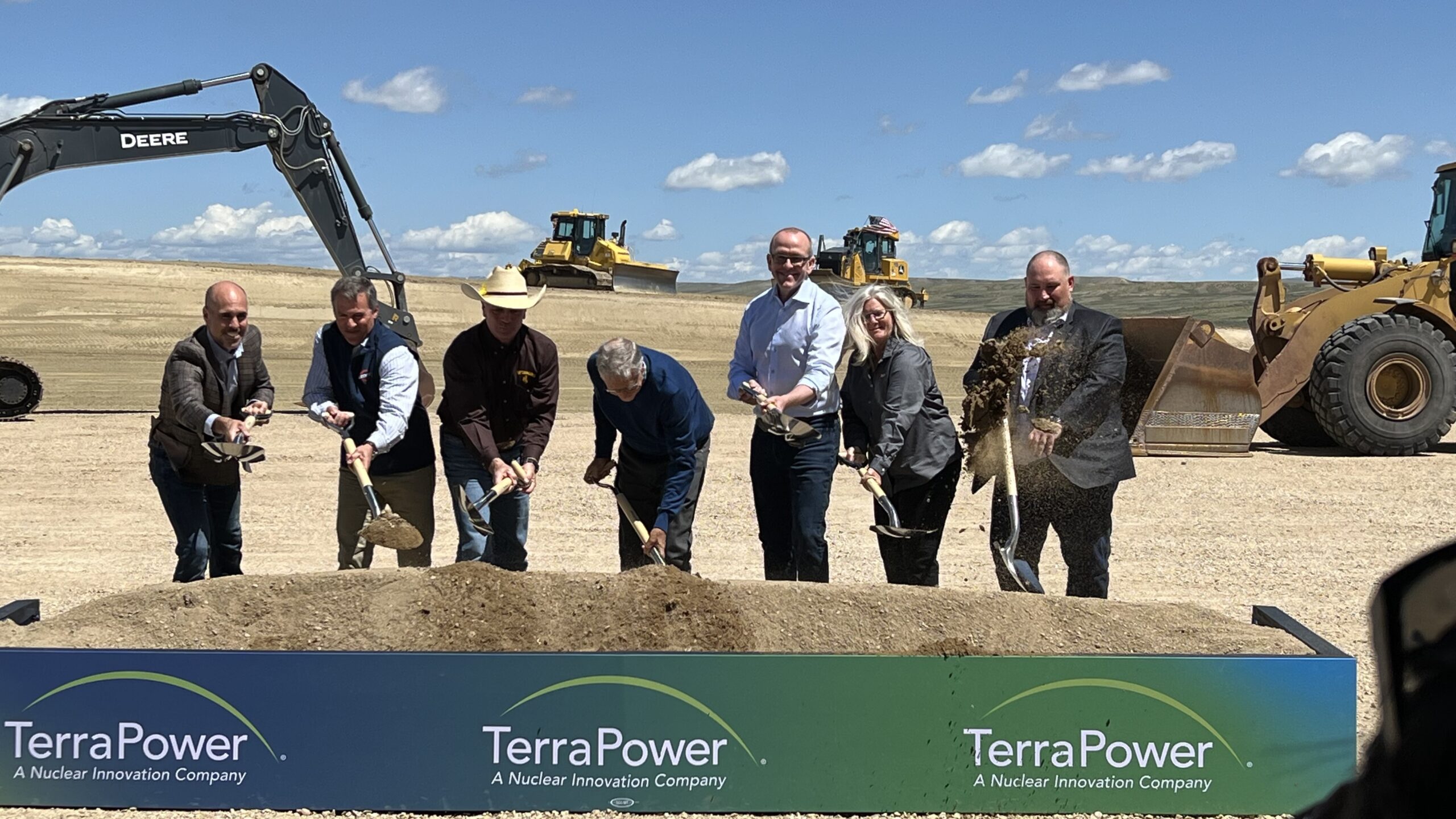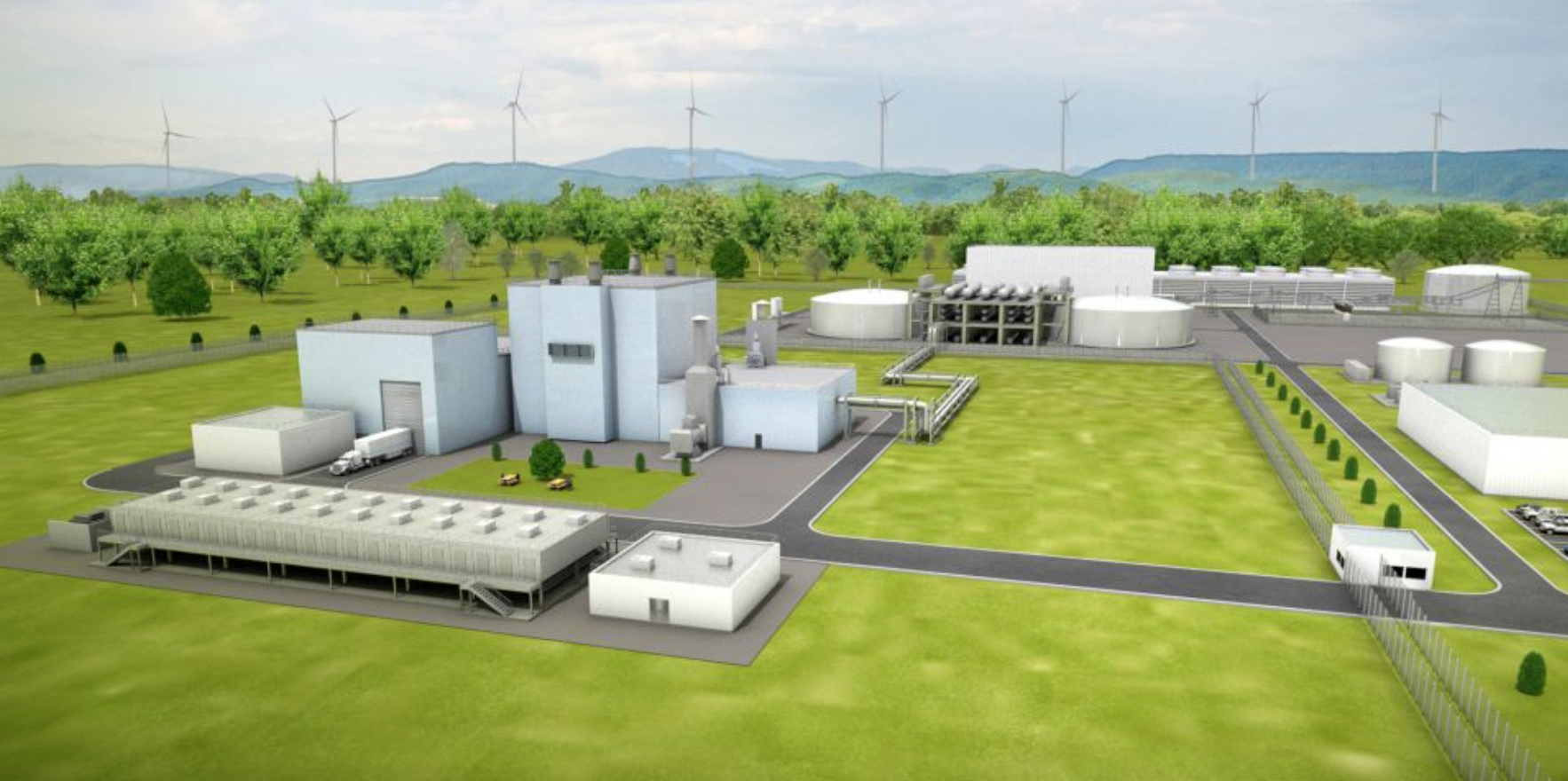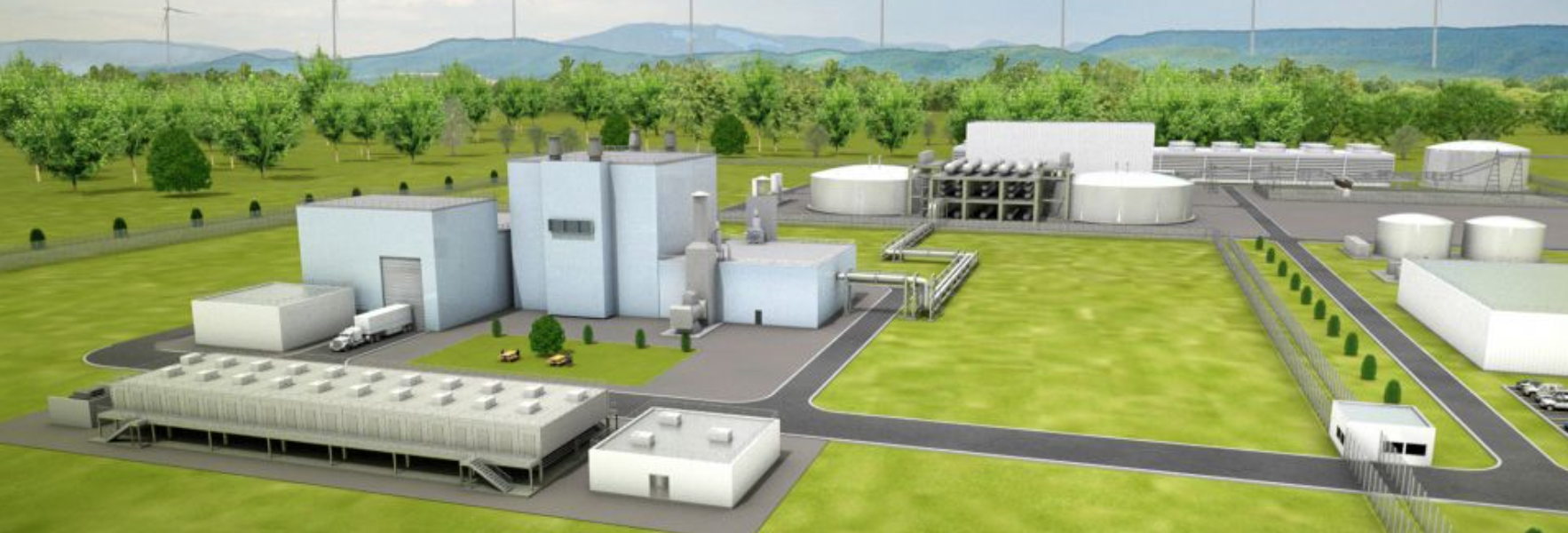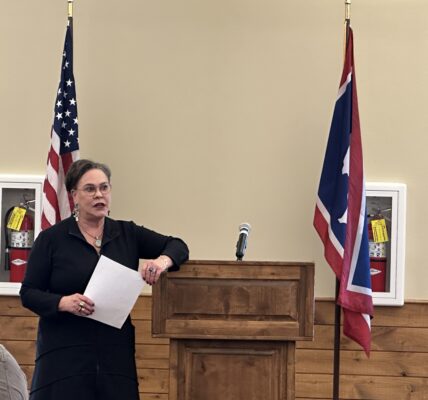
By Zak Sonntag
Casper Star-Tribune
Via- Wyoming News Exchange
CASPER — Nuclear energy is hot right now — figuratively speaking. The world’s biggest banks, nations and companies are all lining up behind the so-called nuclear renaissance to the tune of hundreds of billions of dollars.
But alas, they’re all doomed to fail, according to a contingent of influential academics.
The group met with the media Thursday in an attempt to put the pro-nuclear narrative in check, while giving special mention to TerraPower’s Natrium demonstration plant in Kemmerer.
“In principle, I don’t think there’s any business case for [the Natrium plant]. I doubt it will make money. I think Mr. Gates will lose money, and I think the taxpayers will lose a great deal more,” said Amory Lovins, professor of civil and environmental engineering at Stanford University.
The Natrium demonstration plant, which is on track to be first commercially approved small modular reactor in U.S. history, is emblematic of all that’s wrong with the nuclear renaissance, according to Lovins and others, who argue that TerraPower and the wider industry are inviting a host of unavoidable risks while sacrificing big opportunity costs.

Nuclear is not a climate solution
One point of contention is the role of nuclear power in addressing climate change.
The prevailing line is that fission — clean and perpetual — is the best way to keep a lid on emissions without compromising grid growth.
But this trope has holes, according to scholars, who say money invested in nuclear energy could be put to better use.
Estimates from the research institute Lazard put the average cost of nuclear power production at $183 per kilowatt hour, more than three times the average cost of onshore wind or solar. Proponents say these costs will come down with design and technology improvements and increased economies of scale.
But Naomi Oreskes, Harvard University professor and author of the best-selling book “Merchants of Doubt,” calls those arguments “magical thinking.”
“The fact is, nuclear power has never been cost competitive in any market based system. So why hasn’t the price come down as it has for…nearly every other technology in history?,” she asked rhetorically, adding that production costs have actually increased, a phenomenon known as “negative learning.”
“Our federal government has spent, maybe, a trillion dollars on this technology. We’ve been there, tried that, and it doesn’t really work [economically]. We should learn from experience instead of going back and saying ‘Let’s do it all again,’” she said.
Is the industry underestimating costs for political reasons?
Despite exorbitant outlays, the industry has won political support by systematically underestimating construction costs and timelines, according to Tim Judson, Executive Director, Nuclear Information and Resource Service, and co-author of the 2024 World Nuclear Industry Status Report.
Since the 1980s, the average cost-overrun on completed reactors exceeded 250% of their initial estimates, whereas 52% of proposed reactors were canceled due to overruns, data shows.
The average construction times for reactor projects have grown to 14-plus years, further compounding losses by prolonging interest rate payments.
“If an accurate cost estimate were provided at the start, then no one would approve these projects for construction,” said Judson, who added that the high cost is paid for doubly by consumers and taxpayers in the form of higher electric bills and government subsidies.
Taxpayer dollars
Federal legislation passed in 2021 and 2022 allocated $140.3 billion to the nuclear sector for the maintenance of existing plants and onboarding of new reactors.
A combination of research and development, federal loan guarantees, subsidies, production and investment tax credits will leave taxpayers with massive obligations if the allocations are realized.
TerraPower’s Natrium project in Kemmerer has been awarded $80 million from the Department of Energy to kickstart the initial phase of its Natrium demonstration project and could see a sizable amount in later phases.
Some experts believe the project will have a final completion price tag of close to $10 billion.
Federal support is often followed by state level subsidies. The Wyoming Energy Authority, for example, this year doubled down on its multi-phase contract with nuclear technology company BWXT in a $20 million cost-sharing initiative to evaluate the possibility of setting up nuclear fuel fabrication and manufacturing facilities in the Cowboy State.
Inherent danger
In addition to concerns with money, academics say nuclear proponents are underplaying the sector’s inherent risk, which include weapons proliferation, threats from toxic waste and operational challenges.
M.V. Ramana, professor and Simons Chair in Disarmament at the University of British Columbia, argues that no facility is immune to accidents, which could leave proximal communities left to bear the brunt of outfall, including Kemmerer.
“When we look at large accidents like what happened in Chernobyl and Fukushima, most of the health impacts were born by the communities that were closest to the reactor. So obviously they should be concerned because no reactors are immune from risks of accidents,” he said.
Ramana believes the renaissance also makes military proliferation inevitable due to growth in institutional and individual enrichment knowledge.
He also cited Journal Science research indicating there is greater weapons potential from high-assay low-enriched uranium, the fuel used for small modular reactors like Natrium, than previously acknowledged.
Clean and reliable energy can be achieved more efficiently than nuclear energy by smartly integrating a diversified portfolio of renewables, according to modeling from Stanford University’s Lovins.
He provided one example of data from the French balancing authorities showing uncannily accurate day-ahead forecasts for wind production.
“Variable does not mean unpredictable,” he said.






1 COMMENTS
Comments are closed.